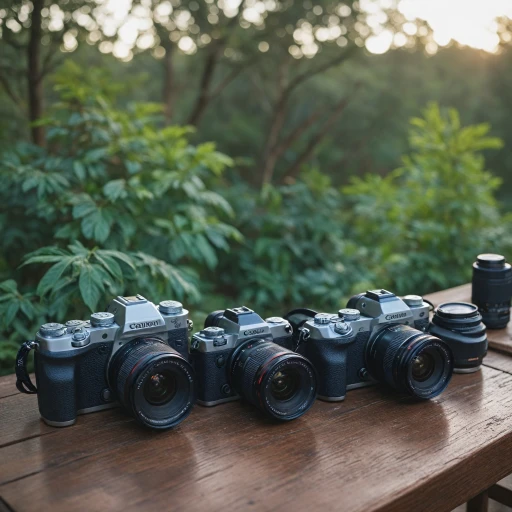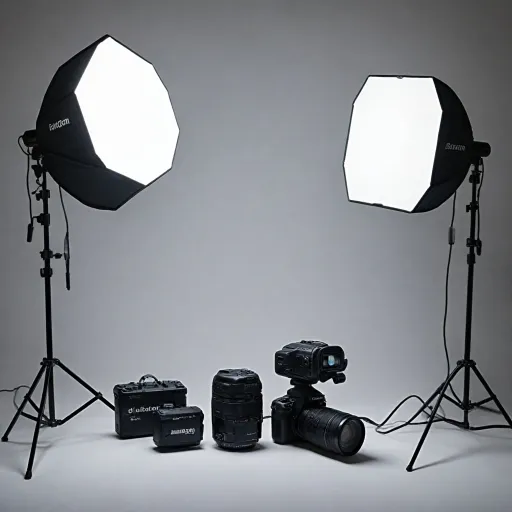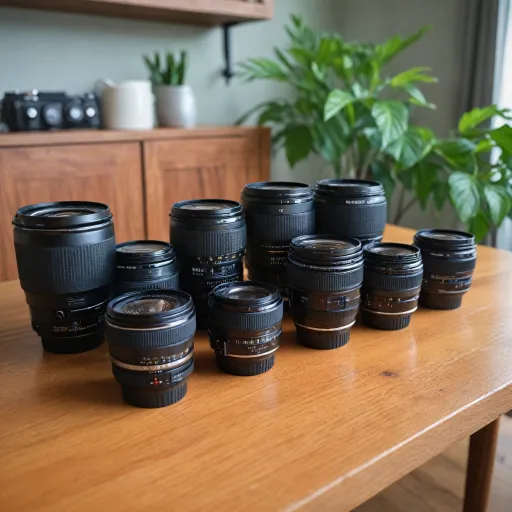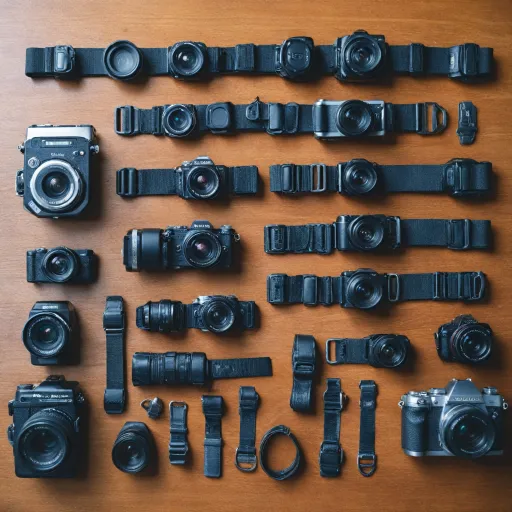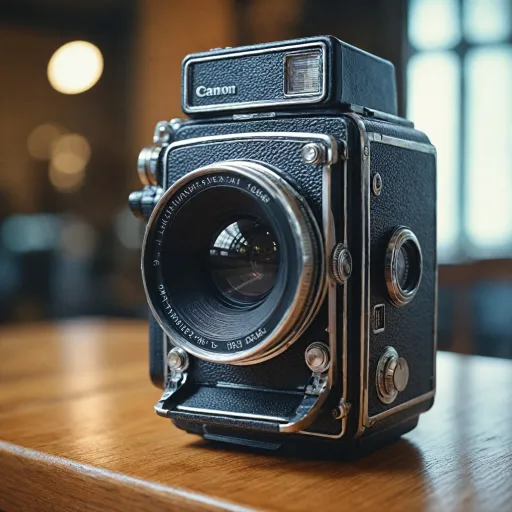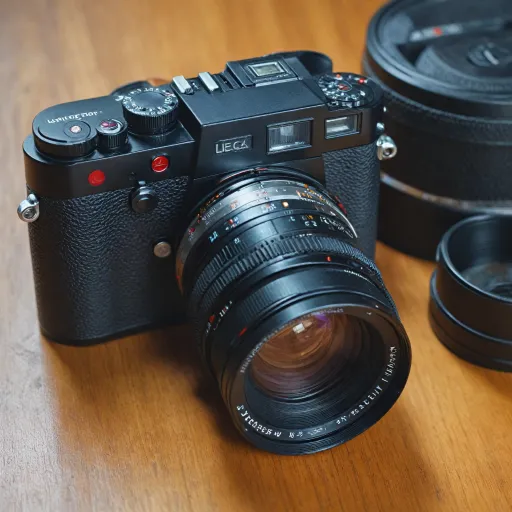
Understanding the mamiya quick focus system
How the Quick Focus System Works
The Mamiya quick focus system is designed to help photographers achieve sharp focus efficiently, especially when working with medium format cameras. This system is well-known among users of Mamiya film cameras and has been praised for its practical approach to focusing, even in challenging lighting conditions. The quick focus mechanism typically involves a dedicated focusing window or prism, which allows for precise adjustments when using various Mamiya lenses or attachments.
When using a Hasselblad camera, understanding the basics of the Mamiya quick focus system can be a game-changer. The system is engineered to work seamlessly with medium format lenses, including those from Zeiss and Leica, and can be adapted to different camera bodies with the right lens attachments. The focus window opens up a clear view, making it easier to set quick and accurate focus, whether you are shooting with film backs or digital backs.
- The quick focus system is especially useful for photographers who use manual focus aids.
- It supports a range of lenses, from classic Mamiya lenses to Zeiss lenses commonly found on Hasselblad film cameras.
- Many users appreciate the excellent clarity the system provides, which is crucial for medium format photos.
For those interested in exploring how different lenses perform with manual focus aids, you might find this review of the Leica Summicron SL 35mm F2 ASPH insightful, as it discusses lens performance and compatibility in detail.
As you move forward, understanding the compatibility between Mamiya quick focus and Hasselblad cameras will help you make informed decisions about lens and camera combinations. The next section will cover how these systems work together and what to consider before adding to your cart.
Compatibility between mamiya quick focus and hasselblad cameras
How the Mamiya Quick Focus Integrates with Hasselblad Cameras
When considering the use of the Mamiya quick focus system with Hasselblad cameras, understanding compatibility is crucial. Both brands are renowned in the medium format world—Mamiya for its quick focus aids and Hasselblad for its robust camera bodies and Zeiss lenses. However, integrating a Mamiya quick focus with a Hasselblad camera involves more than just attaching a lens or accessory.
- Mounting and Attachments: Mamiya lenses and quick focus attachments are designed for Mamiya camera mounts. Hasselblad cameras, especially those using the V-system, have a different lens mount and focus mechanism. To use Mamiya quick focus aids, you’ll need specific adapters or third-party attachments. These adapters allow the Mamiya system to interface with the Hasselblad lens mount, but not all features may transfer seamlessly.
- Viewfinder and Prism Considerations: The Mamiya quick focus system often relies on a split-image or microprism focusing window. Hasselblad cameras, particularly those with waist-level finders or prisms, may display the focus window differently. Some users report that the focus window opens up more clearly with certain Hasselblad prisms, while others prefer the traditional ground glass for critical focus.
- Film Backs and Format: Both Mamiya and Hasselblad offer interchangeable film backs, which is excellent for flexibility. However, the film format and registration distance can affect focus accuracy. Always check that your film backs are properly aligned when using cross-brand focus aids.
- Lens Compatibility: While some Mamiya lenses can be adapted to Hasselblad bodies, not all will maintain full functionality. Zeiss lenses, standard on Hasselblad cameras, have a different focus throw and feel compared to Mamiya lenses. This can impact your ability to set quick and precise focus, especially when shooting fast-moving subjects or in low light.
For photographers interested in maximizing their setup, comparing manual focus aids across brands can help determine the best system for your needs. If you’re considering adapting Mamiya quick focus to your Hasselblad, it’s also worth exploring ideal lens choices for real estate photography, as lens selection can influence focus performance and image quality.
In the next section, you’ll find practical steps for setting up the Mamiya quick focus on your Hasselblad camera, including tips on lens attachments and alignment.
Setting up the mamiya quick focus on your hasselblad
Preparing Your Hasselblad Camera for Quick Focus
Before you begin, make sure your Hasselblad camera and the Mamiya quick focus system are both clean and free of dust. This helps prevent issues when mounting lens attachments or film backs. If you are using Zeiss lenses or Mamiya lenses, double-check that the lens mount is compatible with your camera body. Some medium format cameras, like the Hasselblad, require specific adapters for Mamiya lens attachments.
Attaching the Mamiya Quick Focus System
- Remove the existing lens from your Hasselblad camera by pressing the lens release button and turning the lens counterclockwise.
- Align the Mamiya quick focus attachment with the lens mount. If you are using a prism finder or a waist-level finder, make sure it is securely in place before proceeding.
- Gently twist the Mamiya system onto the camera until it clicks. You should feel a slight resistance as the system locks into place.
- Check that the focus window opens and closes smoothly. This is crucial for accurate focusing, especially with film backs or digital backs attached.
Fine-Tuning for Best Results
Once the Mamiya quick focus is mounted, set the focus lens to infinity and then adjust according to your subject. If you are using Zeiss lenses or Leica lenses, pay attention to the focus scale and ensure it matches the distance to your subject. The quick focus system works best when paired with high-quality glass, such as Hasselblad or Mamiya pro lenses.
For those using medium format film, make sure the film backs are properly loaded and the dark slide is removed before taking photos. If you are working with digital backs, confirm that the system recognizes the lens and focus adjustments. Some users find it helpful to use a loupe or magnifier on the focusing screen to achieve excellent sharpness, especially in low light.
Additional Considerations
- If your camera opens window for focusing, use it to double-check your focus point before pressing the shutter.
- Keep your lens attachments and system components in a dedicated cart or case to avoid losing small parts.
- Test the setup with a few shots before starting a full session, especially if you recently added new attachments or film backs.
For more insights on optimizing your camera setup, you might find this resource on the role of lampholders in photographic lighting helpful, especially when working with different camera systems and lens combinations.
Practical tips for achieving sharp focus
Fine-tuning Your Focus for Crisp Images
When using the Mamiya quick focus system on a Hasselblad camera, achieving sharp focus is all about precision and practice. The combination of Mamiya and Hasselblad components, such as film backs and lens attachments, can be excellent for medium format photography, but it does require some adaptation. Here are practical tips to help you get the most out of your setup:
- Use the Focus Window Effectively: The quick focus system often relies on a split-image or microprism window. Make sure your eye is level with the window and adjust until the image aligns perfectly. This is especially important when using Zeiss lenses or Leica-inspired optics on your Hasselblad Mamiya hybrid.
- Leverage the Prism Finder: If your camera has a prism, use it to check critical focus. The prism can help you see the entire frame and ensure that your subject is tack sharp, especially with fast lenses or in low light.
- Check Focus with Different Lenses: Switching between Mamiya lenses and Hasselblad lenses can affect focus accuracy. Always refocus after changing the camera lens or adding attachments Hasselblad offers. Some lens attachments may slightly shift the focus plane.
- Test with Film Backs: If you’re using interchangeable film backs, double-check focus after swapping. Even a minute ago, a change in the back can impact the film plane alignment, especially with medium format cameras.
- Practice with Various Formats: The quick focus system works differently on 6x6 Hasselblad film versus Mamiya Pro 645 or 67 formats. Take test photos with each setup to understand how the system responds.
- Manual Adjustments: Don’t rely solely on the quick focus mechanism. Fine-tune manually, especially when shooting wide open or with shallow depth of field. This is crucial for portraits or detailed shots where focus accuracy is critical.
Optimizing Your Workflow
- Keep your lens and viewfinder clean. Dust or smudges can make it harder to judge focus, especially with older Mamiya film or Hasselblad film cameras.
- Consider using a tripod for stability, particularly with heavier medium format setups. This helps prevent movement that could throw off your focus.
- Take advantage of the system’s strengths. The quick focus feature can speed up your workflow, letting you capture fleeting moments without sacrificing sharpness.
By following these tips, you can set quick and accurate focus with your Mamiya Hasselblad combination, ensuring your photos are consistently sharp and professional. Whether you’re using classic Zeiss lenses or experimenting with Mamiya camera backs, a little attention to detail goes a long way in medium format photography.
Common challenges and troubleshooting
Addressing Focus Inconsistencies and Viewfinder Issues
Using the Mamiya quick focus system on a Hasselblad camera can sometimes present challenges, especially if you are new to combining these two brands. One common issue is focus inconsistency between the lens and the film plane. This can happen if the lens attachments or adapters are not properly aligned, or if there is a mismatch between the Mamiya lens and the Hasselblad film backs. Always double-check that your lens attachments are secure and that the film backs are properly mounted to avoid light leaks or misalignment.
Dealing with Rangefinder and Prism Alignment
Another challenge is the alignment of the focusing window or prism. When using the Mamiya quick focus system, the viewfinder or prism may not always provide a perfectly accurate representation of the focus point, especially with older medium format cameras. If you notice that your photos are consistently soft or out of focus, try recalibrating the prism or using a different focusing screen. Zeiss lenses and Leica attachments can sometimes offer more precise focus aids, but compatibility with the Mamiya system should be verified before adding to your cart.
Light and Contrast Challenges
Low light or low contrast scenes can make it difficult to achieve sharp focus, particularly with manual focus systems. The Mamiya quick focus system relies on clear visual cues, so shooting in well-lit environments or using a prism with excellent brightness can help. If you’re working with Mamiya film or Hasselblad film backs, consider using a loupe to inspect the focus on the ground glass before exposing the film.
Troubleshooting Steps for Persistent Issues
- Check that the lens and camera lens mount are clean and free of debris.
- Ensure the quick focus system is correctly set up and not obstructed by other lens attachments.
- Test focus accuracy by shooting a series of test photos at different apertures and reviewing the results.
- If using medium format backs, confirm they are seated properly and that the film advances smoothly.
- For digital backs or hybrid systems, update firmware and check for compatibility notes from the manufacturer.
When to Seek Professional Help
If you continue to experience problems with your Mamiya Hasselblad setup, it may be worth consulting a technician who specializes in medium format cameras. Sometimes, minor adjustments to the system or a professional cleaning can resolve persistent focus issues. Remember, combining different brands like Mamiya and Hasselblad can be rewarding, but it often requires patience and careful setup to achieve excellent results.
Comparing manual focus aids for digital cameras
Manual Focus Tools: What Sets Them Apart?
When working with medium format cameras like Hasselblad and Mamiya, achieving sharp focus is essential, especially with film backs and high-resolution digital backs. The quick focus system from Mamiya offers a unique approach, but it’s not the only manual focus aid available for these cameras. Here’s how it compares to other popular options:
- Split-Image Rangefinders: Found in some prism attachments for Hasselblad and Mamiya cameras, these use a split window in the viewfinder. When the image halves align, focus is achieved. They are fast but can be less effective in low light or with slow lenses.
- Microprism Rings: These are etched rings around the central focus point in the viewfinder. The image appears shimmering or broken when out of focus, snapping into clarity when focus is correct. Microprisms work well with bright lenses but can be tricky with smaller apertures.
- Focus Magnifiers: Some medium format cameras, including Hasselblad and Mamiya models, offer magnifying attachments for the viewfinder or waist-level finder. These help with critical focus, especially when using Zeiss or Leica lenses for detailed work.
- Electronic Focus Peaking: While not available on classic film cameras, digital backs and some modern medium format systems offer focus peaking. This highlights in-focus edges in the viewfinder or on the screen, making it easier to achieve sharp results with manual focus lenses.
Choosing the Right Focus Aid for Your Workflow
The best manual focus tool depends on your camera system, lens choice, and shooting style. For example, the Mamiya quick focus system is excellent for fast, reliable focusing on Mamiya Pro and compatible Hasselblad cameras. However, if you often use Zeiss lenses or Leica lens attachments, you might prefer a split-image or microprism system for their precision.
Consider these factors when selecting a focus aid:
- Lens Speed: Faster lenses (lower f-numbers) are easier to focus with microprisms and split-image windows.
- Camera Format: Medium format cameras like the Hasselblad Mamiya series benefit from larger, brighter viewfinders, making manual focus aids more effective.
- Film vs Digital: If you use film backs, optical aids are essential. For digital backs, electronic peaking can be a game changer.
- Attachment Compatibility: Not all focus aids fit every camera. Check if your Hasselblad or Mamiya camera supports the desired attachment before adding to cart.
Real-World Use: Maximizing Sharpness
In practice, combining the Mamiya quick focus system with a bright prism or waist-level finder can deliver excellent results. Many photographers keep a focus magnifier in their kit, especially when working with Mamiya lenses or adapting Hasselblad film backs. If you shoot with multiple lenses, such as Zeiss or Leica, test different aids to see which helps you achieve the sharpest photos in the least amount of time.
Ultimately, mastering manual focus on medium format cameras is about finding the right balance between speed, accuracy, and comfort. Whether you’re using a classic Mamiya camera, a Hasselblad with film, or exploring digital backs, the right focus aid can make all the difference in your photography workflow.


